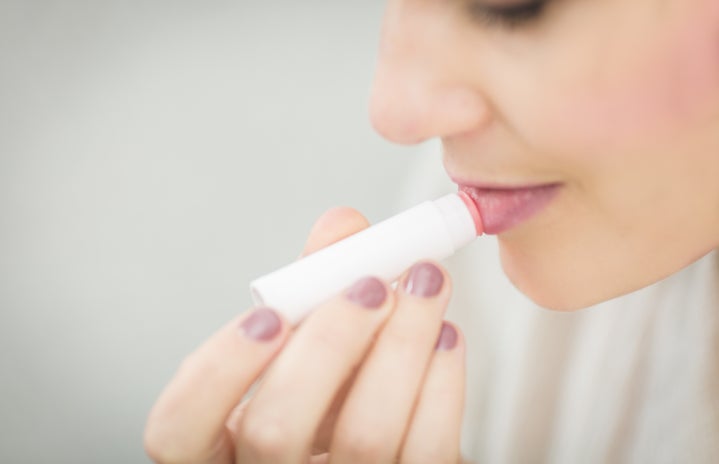For decades, household and personal care products have been developed in accordance with what has the greatest market appeal, rather than what is best for your body. Despite this, there are many natural alternatives to traditional products that you may want to consider. After doing my research, I was convinced to make the switch to a more natural health and beauty regime. Below are some of the main changes I have made, as well as the products that have helped me along the way.
1. Switch up your antiperspirant for a natural deodorant
This was hands-down the hardest change to convince myself to make. I’d been using the same deodorant since grade school and I didn’t want to switch it up and risk becoming a sweaty mess on the next hot day. However, when I looked into studies explaining all the potential health risks posed by deodorants’ chemical contents such as aluminum (the ingredient which makes deodorant ‘antiperspirant’), I knew I had to try to make the switch. After trying various natural deodorant brands, I have settled for Kopari’s coconut oil deodorant. It smells amazing and truly does a great job. Now, I don’t miss the antiperspirant days at all – honestly.
2. Try to limit the use of harsh cleaners, soaps, and detergents
My transition away from typical cleaning products was environmentally-motivated. The chemicals that make up various household products such as laundry detergent, dish soap, and shampoo have negative effects on the environment, in addition to being harsh on your skin. They often take long periods of time to break down, and this contaminates natural habitats and water systems. I found this article by How Stuff Works to be very informative on the negative implications that come from using chemical cleaning products. If you also want to make the switch, consider trying out alternatives such as natural soaps and detergents, vinegar solutions, and baking soda. If you’re looking for ideas to start, this blog post might help you out.
3. Give natural toothpaste a try
Admittedly, I thought the natural toothpaste trend was just a fad when I heard about it for the first time. There have been heated debates on the safety of fluoride (the anti-cavity ingredient in most toothpastes) and I’ve read pretty convincing articles on both sides of the issue. However, even putting the issue of fluoride aside, there are still a host of other chemicals in traditional toothpastes that may be harmful. Chemicals such as triclosan, sodium lauryl sulfate, and propylene glycol are harsh ingredients that don’t contribute to oral health at all, causing issues that are described in this article. Natural toothpastes from brands such as Tom’s and Burt’s Bees offer alternatives both with and without added fluoride, leaving the choice up to you.
4. Cut out parabens and sulfates
I first realized these ingredients may be harmful when I noticed many beauty products being marketed as “sulfate and paraben free.” Parabens and sulfates can be found in many products such as makeup, shampoo, lotions, and other personal care products. After looking into the issue further, I found that there are several potential links found between these substances and various cancers and other ailments. While nothing was proven definitively, I still felt like I should try to cut these chemicals out just to be on the safe side. There are actually quite a few mainstream products that don’t use parabens or sulfates, such as Aveeno Pure Renewal Shampoo, Moroccan Oil brand shampoos, and Pantene Gold Series shampoo, among others. If you are interested in cutting out these ingredients, it won’t be harder than a trip to your local Walmart to do so! I switched to Green Cricket 100% Natural shampoo and conditioner and I’ve been loving it. If you’re looking for more information on which ingredients may be best to avoid in your daily products, this article was super helpful for me.
Whether you’re looking to help the environment or cut down on the chemicals you’re exposed to in your day-to-day life, it can be great to slowly transition to natural products for daily use. After beginning the transition myself, I was surprised at how easy it was to continue using products that I knew would be less harmful to me and the environment. While natural products are sometimes more costly, there are a lot of inexpensive choices available if you do your research. I hope this article inspires you to try out a natural product for yourself, or at least do further research on this topic!


